Accurate pulse and oxygenation data can be obtained through multicolor PLEDs on one flexible substrate fabricated by a surface energy patterning assisted blade coating technique.
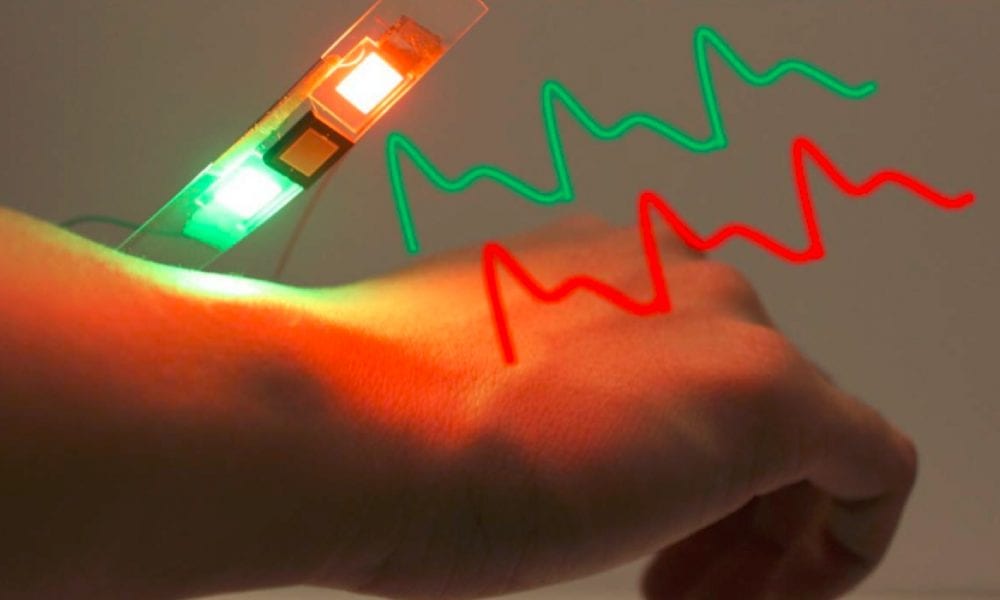

Accurate pulse and oxygenation data can be obtained through multicolor PLEDs on one flexible substrate fabricated by a surface energy patterning assisted blade coating technique.
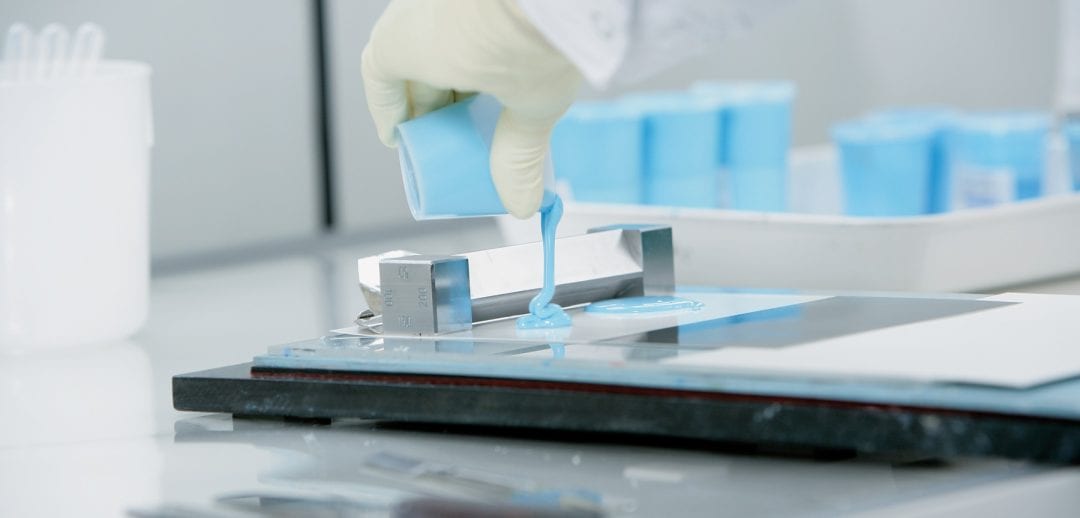
BYK Additives & Instruments introduce new product developments for the coating industry.
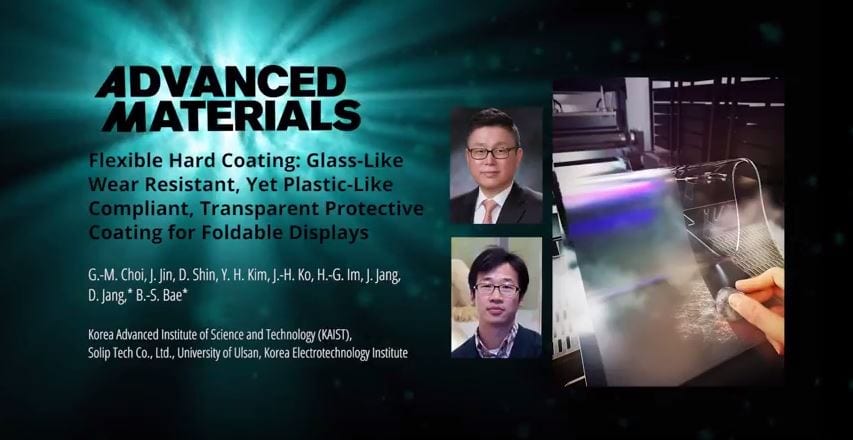
An optically transparent epoxy-siloxane molecular hybrid material that simultaneously exhibits glass-like wear resistance and strength, plastic-like modulus and a high modulus of resilience is developed by Dongchan Jang, Byeong-Soo Bae and co-workers.
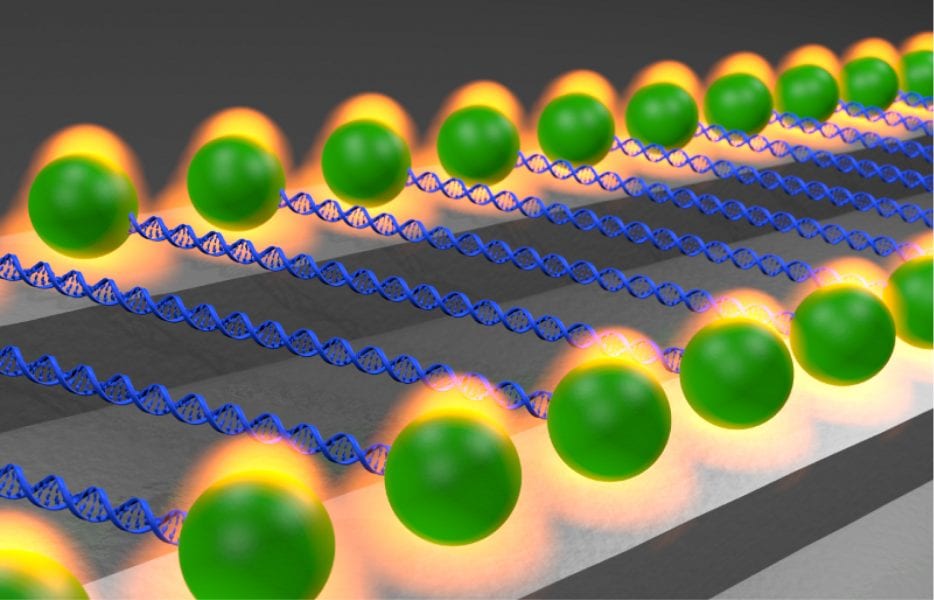
A new review highlights progress in nanophotonic optical trapping and manipulation technologies with a focus on high-throughput applications in the biosciences.
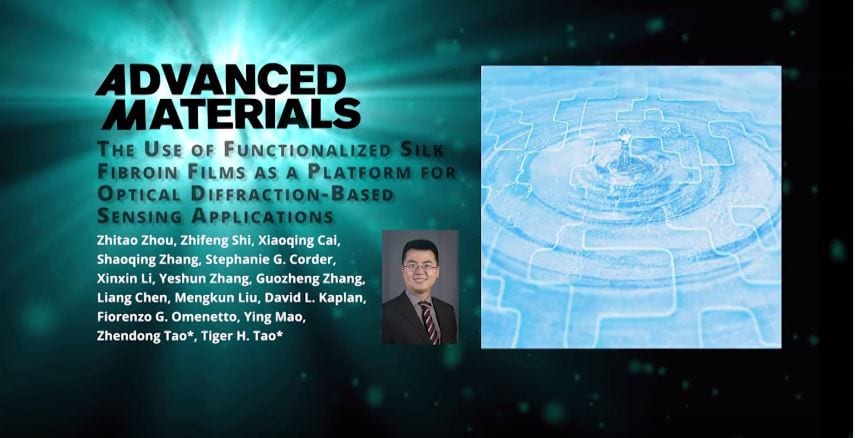
A set of biocompatible, biodegradable, and biofunctionalizable diffractive optical elements (DOEs) using silk proteins as the building materials are reported by Zhendong Tao, Tiger H. Tao and co-workers.

Thermal dewetting of gold, which is sandwiched between the yolk and shell, leads to the desired nanocup morphology.

Monitoring the quality and distribution of physical habitat parameters in rivers, such as water depth, grain size and flow velocity, is vital for species survival.
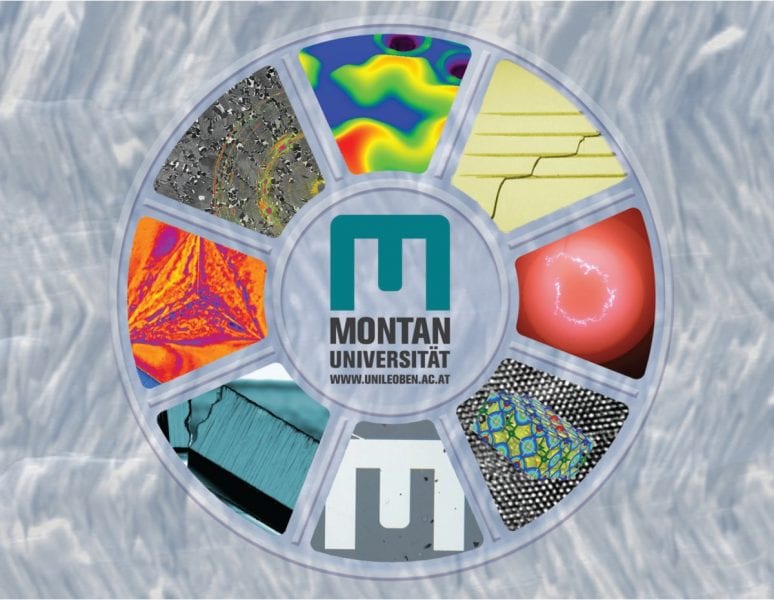
The present special issue of Advanced Engineering Materials gives an overview on the materials science and engineering activities at the Montanuniversität Leoben.
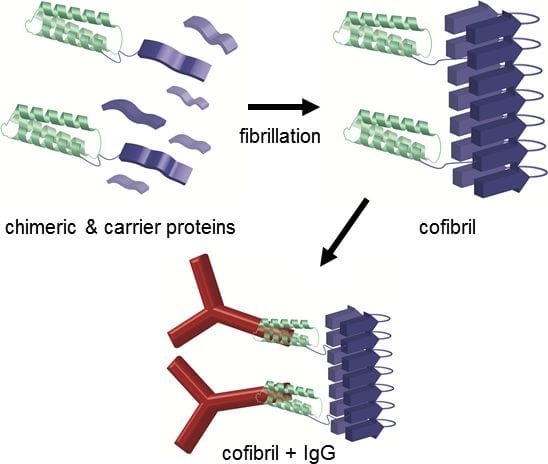
Engineerined protein nanofibrils show a much higher binding capacity for antibody purification compared to current gold standard.

When fabric stretches, printed patterns crack and separate. This new conductive ink maintains the integrity of printed circuits for electronic textiles.